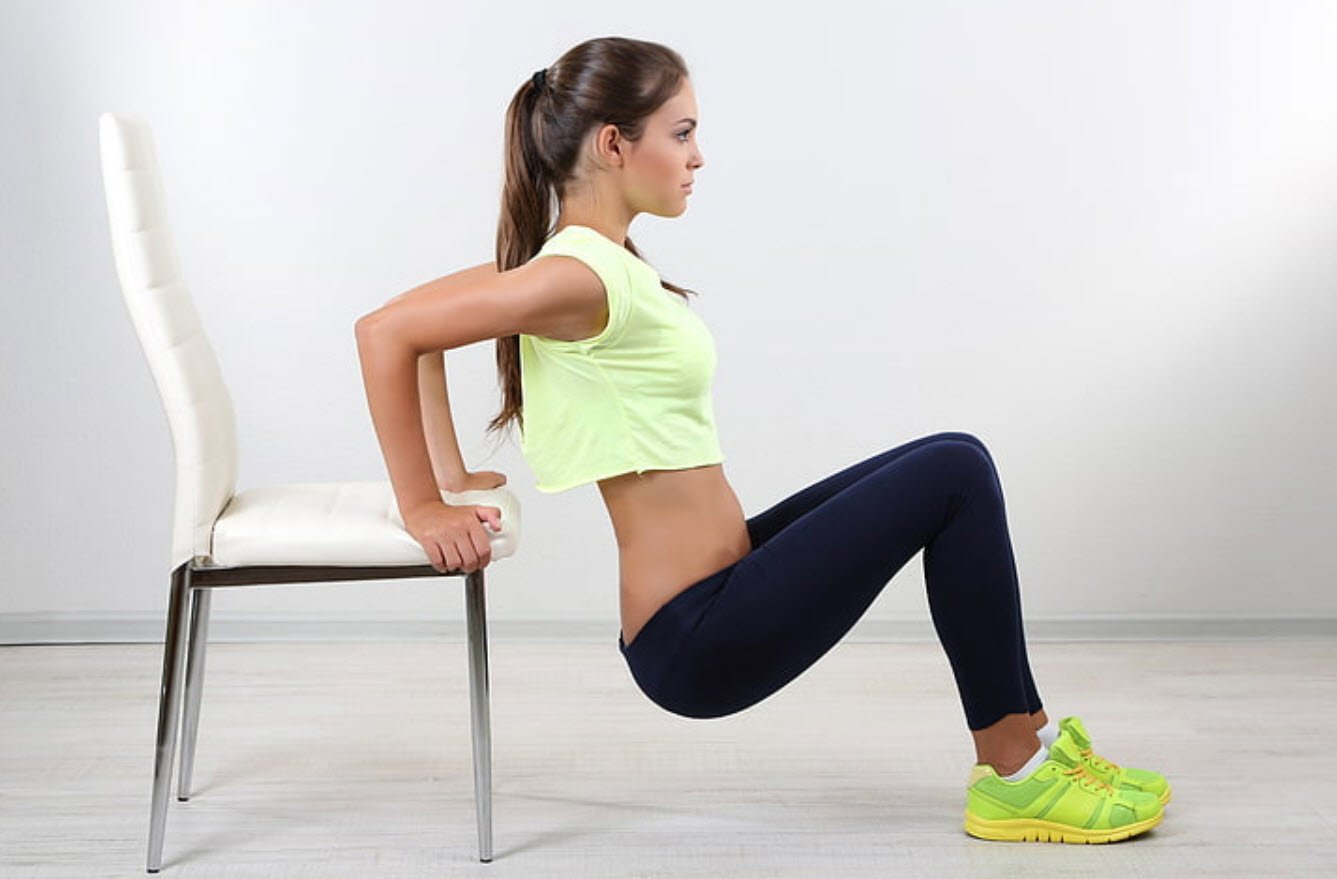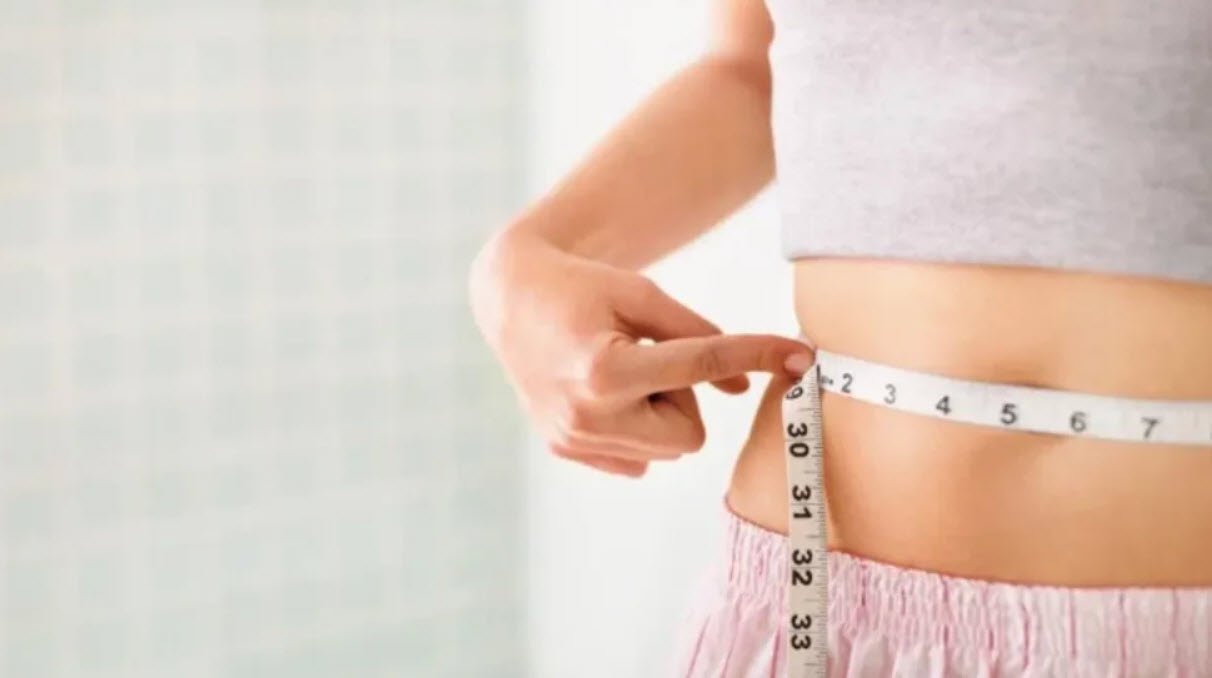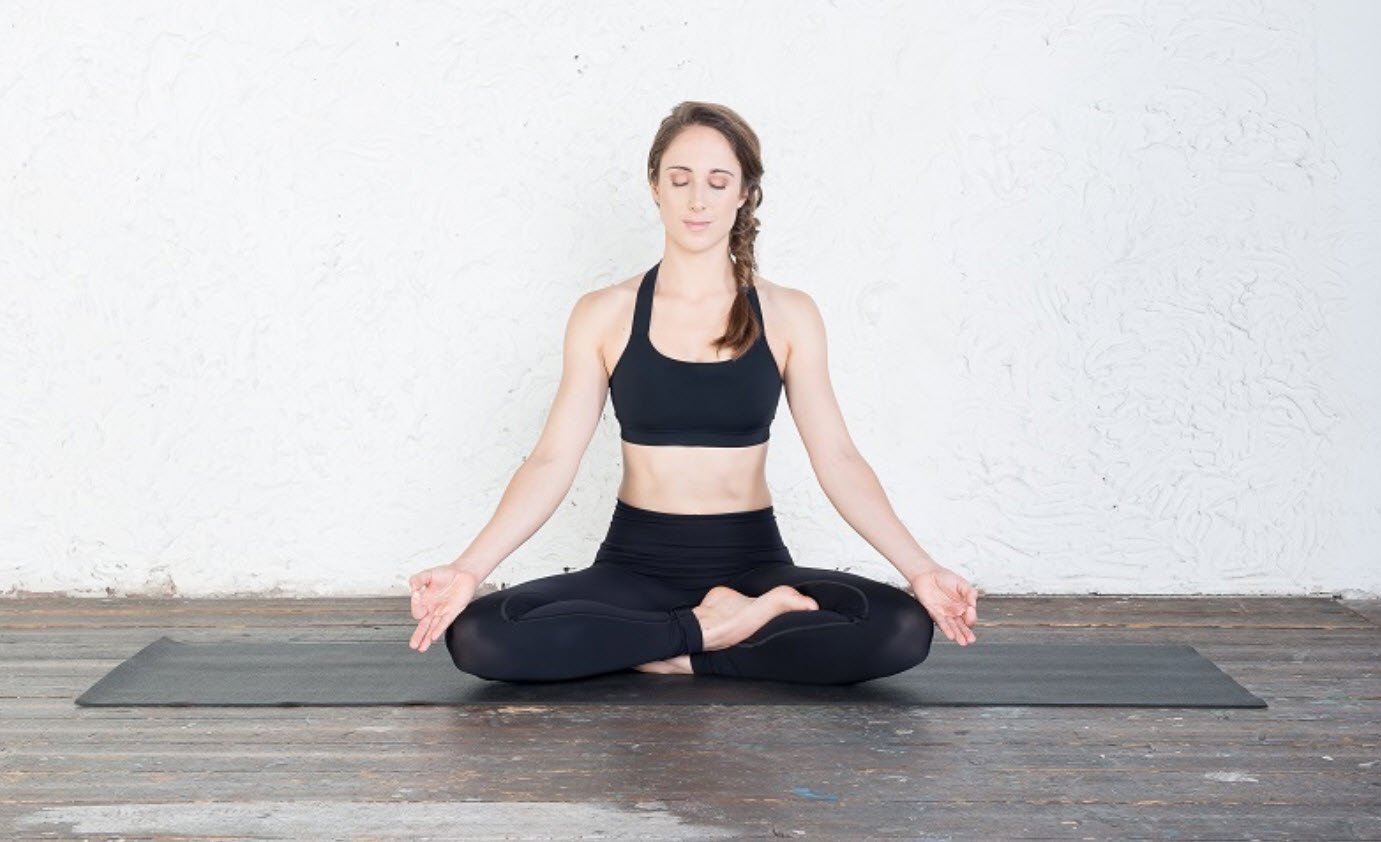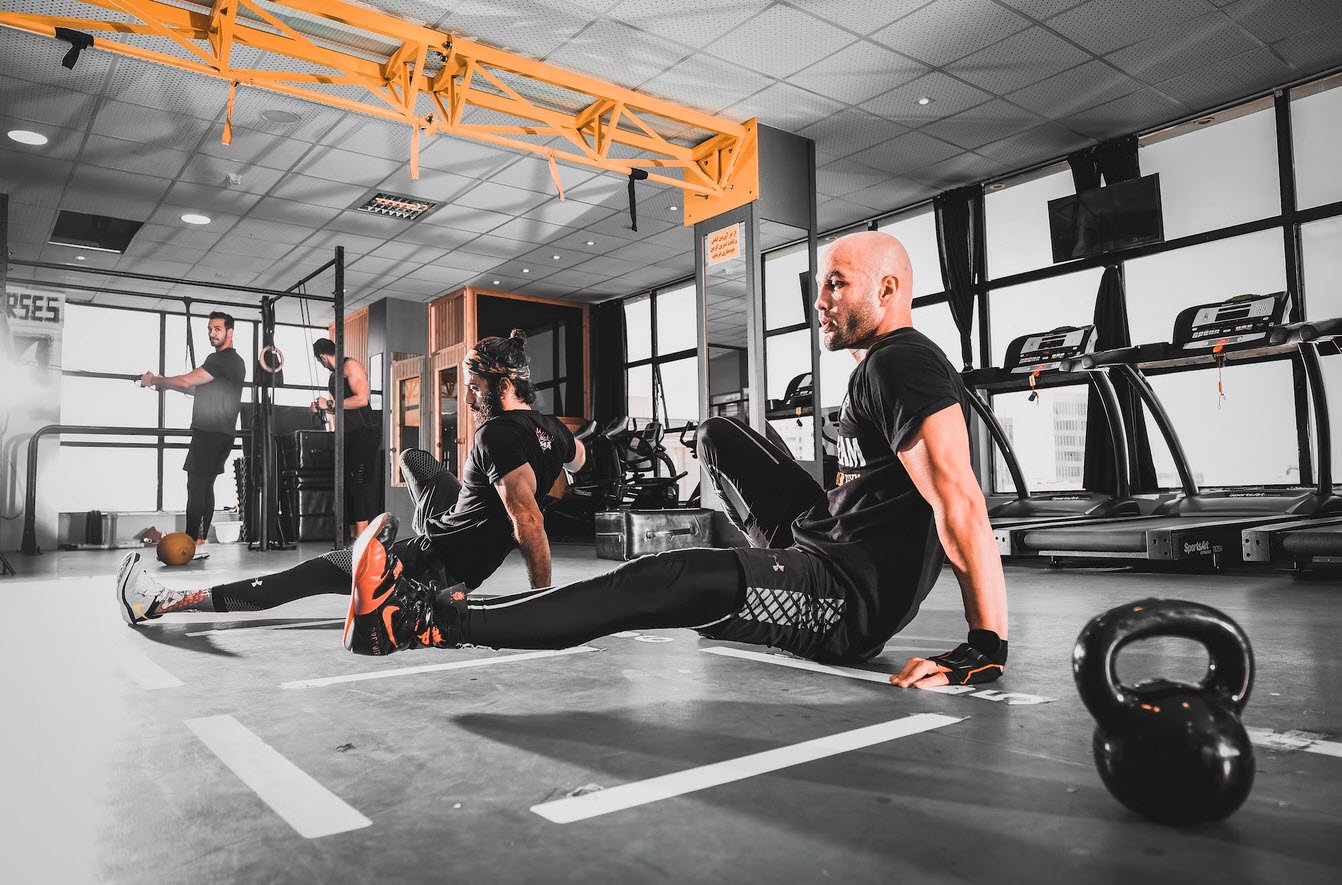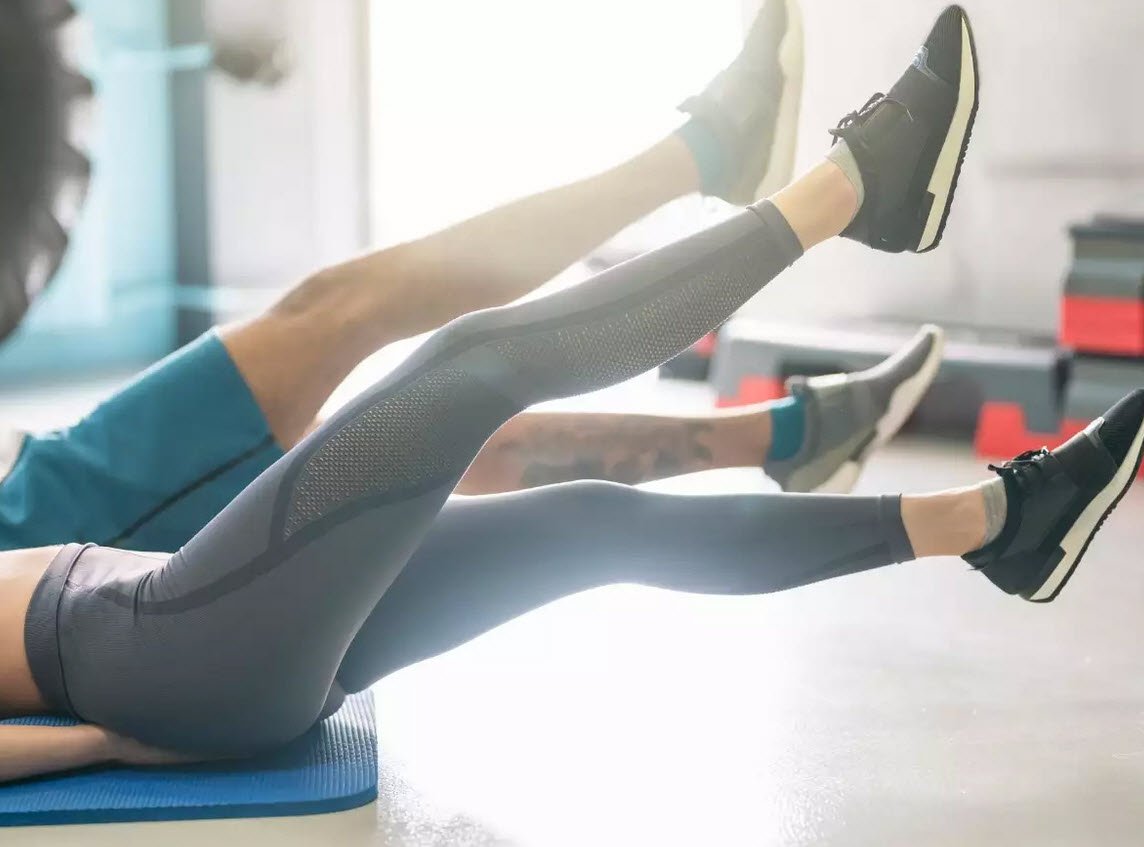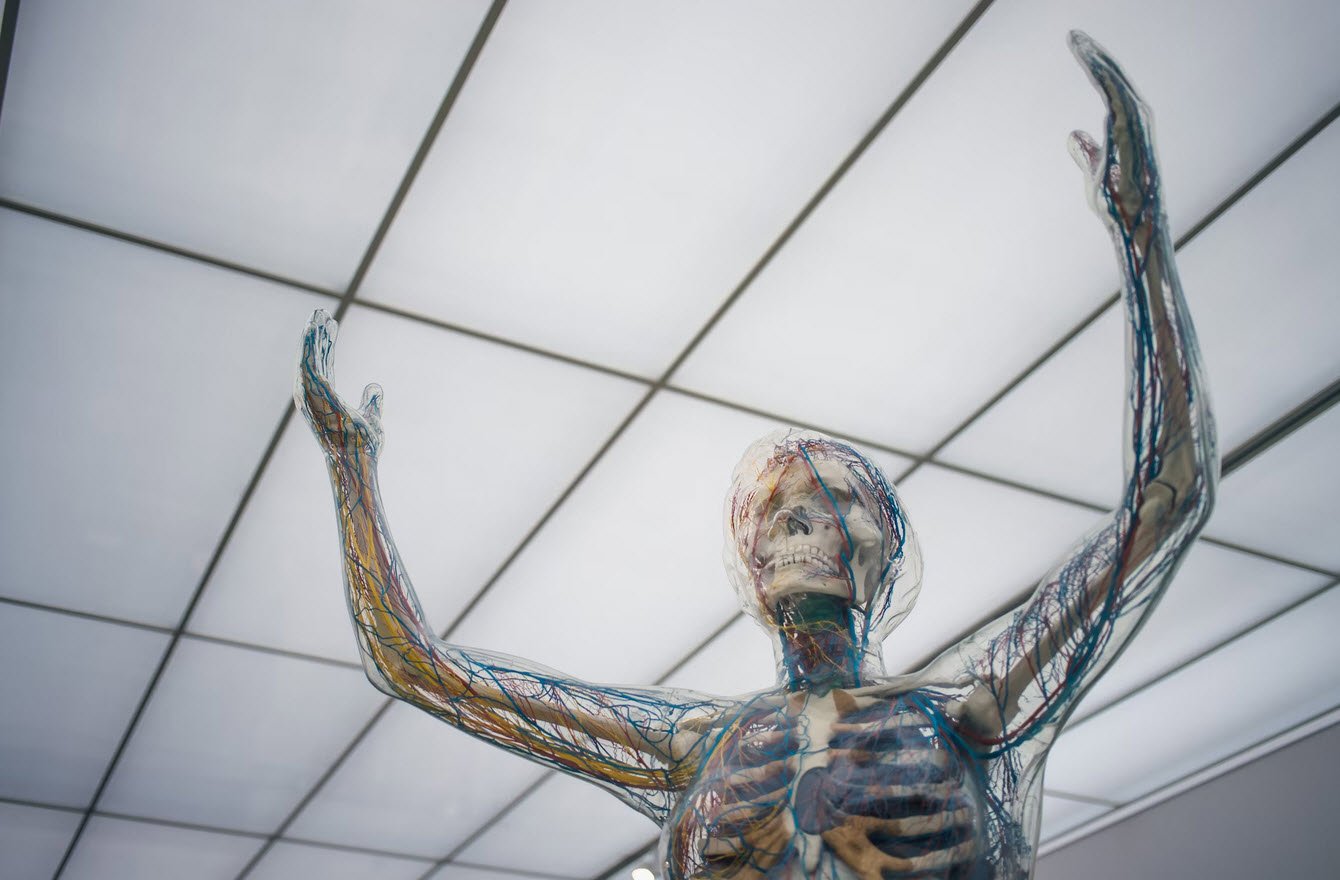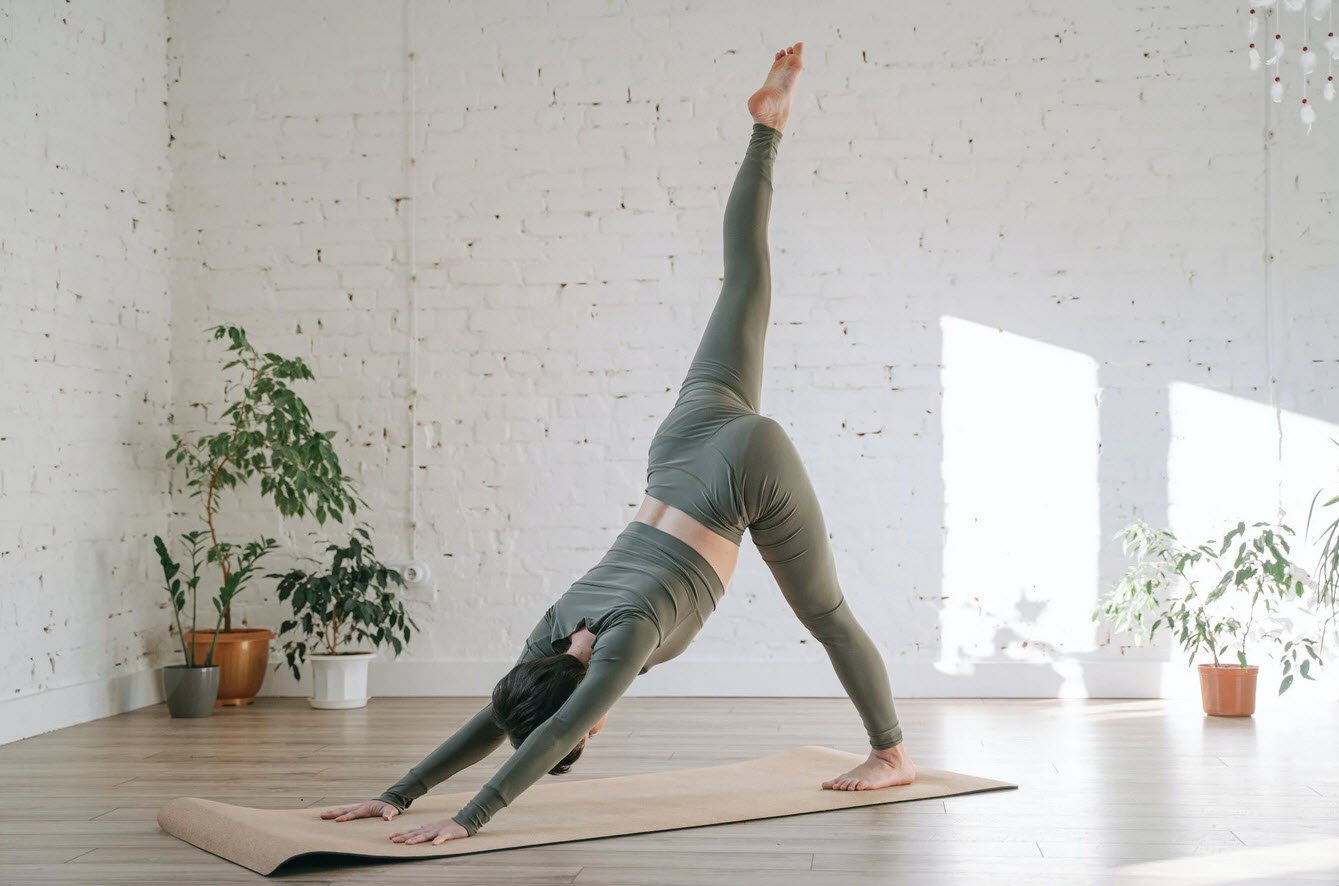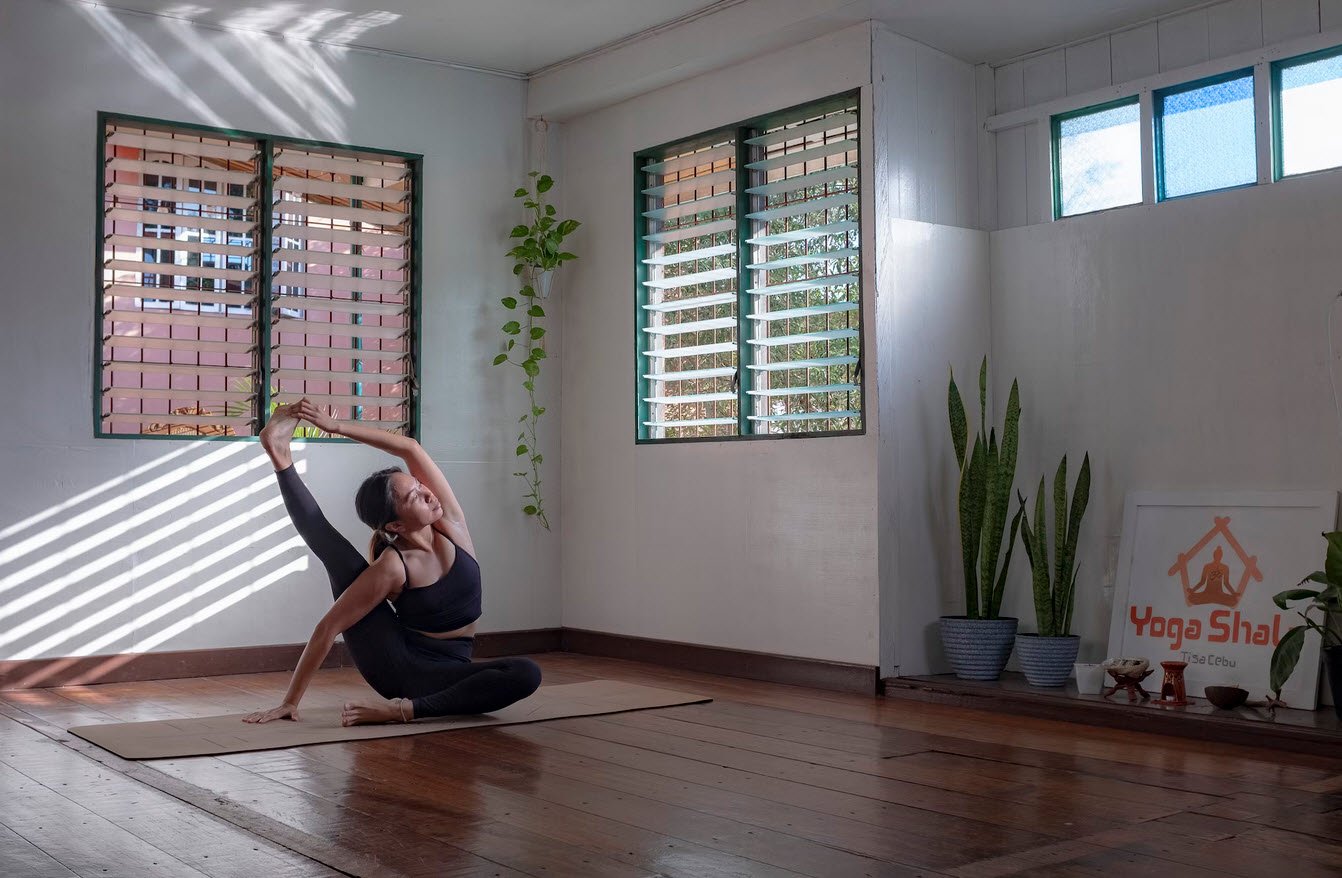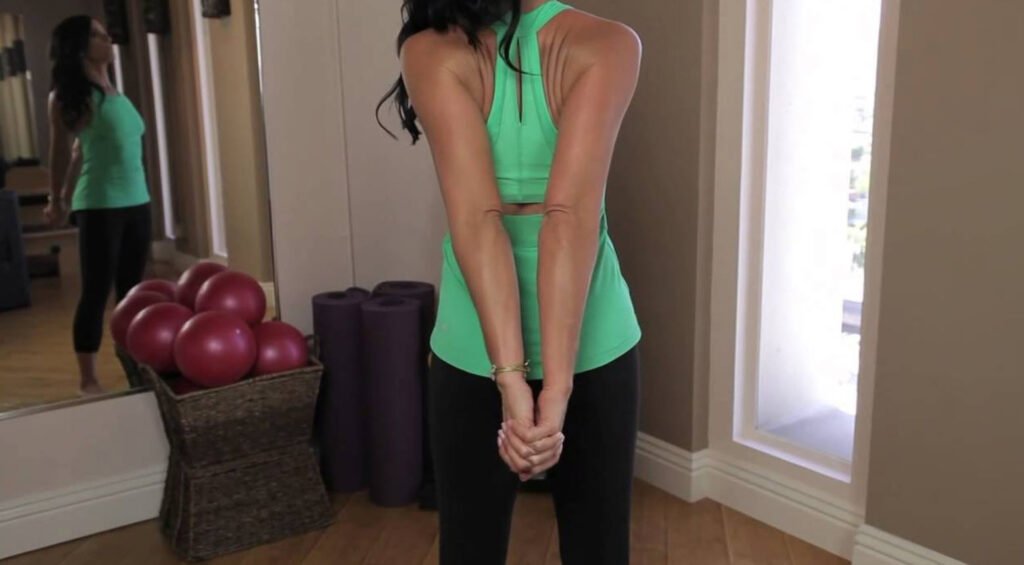
Interlacing the fingers behind the back is a simple yet effective stretch that targets the chest, shoulders, and upper back. This pose helps increase the range of motion in the upper body and alleviates tightness caused by poor posture. By incorporating the interlaced fingers behind the back stretch into your routine, you can improve posture, release tension, and enhance flexibility in the upper body.
Let’s explore the technique and practical benefits of this stretch.
Technique:
1. Hand Positioning: Stand tall with your feet hip-width apart and interlace your fingers behind your back. Place the palms together, fingers pointing downward. If interlacing the fingers is challenging, you can use a strap or towel to bridge the gap between the hands.
2. Shoulder Alignment: Pull your shoulders down and back, away from your ears. This helps open the chest and engages the upper back muscles.
3. Chest Expansion: Lift your chest up through the arms, creating a gentle opening in the front of your torso. Imagine reaching the hands closer to the ground while maintaining a straight spine.
4. Forward Fold: Keeping your shoulders away from your ears, gently hinge forward at the hips. Allow your upper body to fold forward, while simultaneously extending your arms overhead and away from your back.
5. Maintain the Stretch: Continue pressing the shoulders down and away from the ears as you reach your hands further away from your back. Find a comfortable depth in the forward fold and hold the stretch.
Practical Benefits:
1. Chest Stretch: Interlacing the fingers behind the back creates a deep stretch in the chest muscles, particularly the pectoralis major and minor. This stretch helps counteract the effects of slouching or rounded shoulders, promoting better posture and relieving tension in the chest.
2. Shoulder Mobility: By pulling the shoulders down and back, this stretch improves shoulder mobility and flexibility. It helps counterbalance the forward pull often experienced from activities like working at a desk or using electronic devices.
3. Upper Back Release: The interlaced fingers behind the back stretch also targets the upper back, specifically the rhomboids and trapezius muscles. It helps release tension and tightness in this area, enhancing overall upper body mobility and posture.
4. Posture Improvement: Consistent practice of this stretch can contribute to better posture by opening and lengthening the chest and strengthening the upper back muscles. Improved posture not only enhances physical appearance but also supports spinal alignment and reduces the risk of discomfort or injury.
Tips for Proper Execution:
- Modifications: If interlacing the fingers is challenging, you can use a strap, towel, or hold onto a shirt to bridge the gap between the hands.
- Gentle Stretch: Approach the stretch with a gentle and mindful attitude. Avoid excessive force or strain. Gradually increase the depth of the stretch over time as your flexibility improves.
- Shoulder Awareness: Keep a conscious focus on pulling the shoulders down and back throughout the stretch. This helps maintain proper alignment and maximizes the benefits of the pose.
- Breath and Relaxation: Take slow, deep breaths during the stretch. Allow your body to relax and release any tension with each exhale.
- Regular Practice: Incorporate this stretch into your daily routine or stretching regimen to experience the cumulative benefits. Regular practice helps create lasting changes in flexibility and posture.
Interlacing the fingers behind the back is a versatile stretch that can be performed anywhere, making it easily accessible for most individuals. By dedicating a few minutes each day to this stretch, you can effectively relieve tension, increase upper body mobility, and promote optimal posture.
Remember to listen to your body, modify the stretch as needed, and enjoy the benefits of this simple yet transformative practice. Embrace the freedom and openness that comes from a well-stretched chest, shoulders, and upper back, allowing yourself to move with ease and grace throughout your day.
You may also like:- 100 Best Yoga Books – Free Download
- Using Yoga for Weight Loss – Balancing Body and Mind
- Kapalabhati – A Breathing Exercise for Holistic Well-being
- 7 Killer Ways to Maximize Fat Burning in the Gym
- Improving Blood Circulation in Your Legs – Simple Exercises for Better Leg Health
- Long-Term Effects of Exercise on the Muscular System
- Top 8 Guidelines for the Practice of Asanas
- Top 4 Physiological Benefits of Asanas
- The 5 Benefits of Yoga You Need To Know
- How To Do Eagle Arms Yoga – Tips and Techniques

